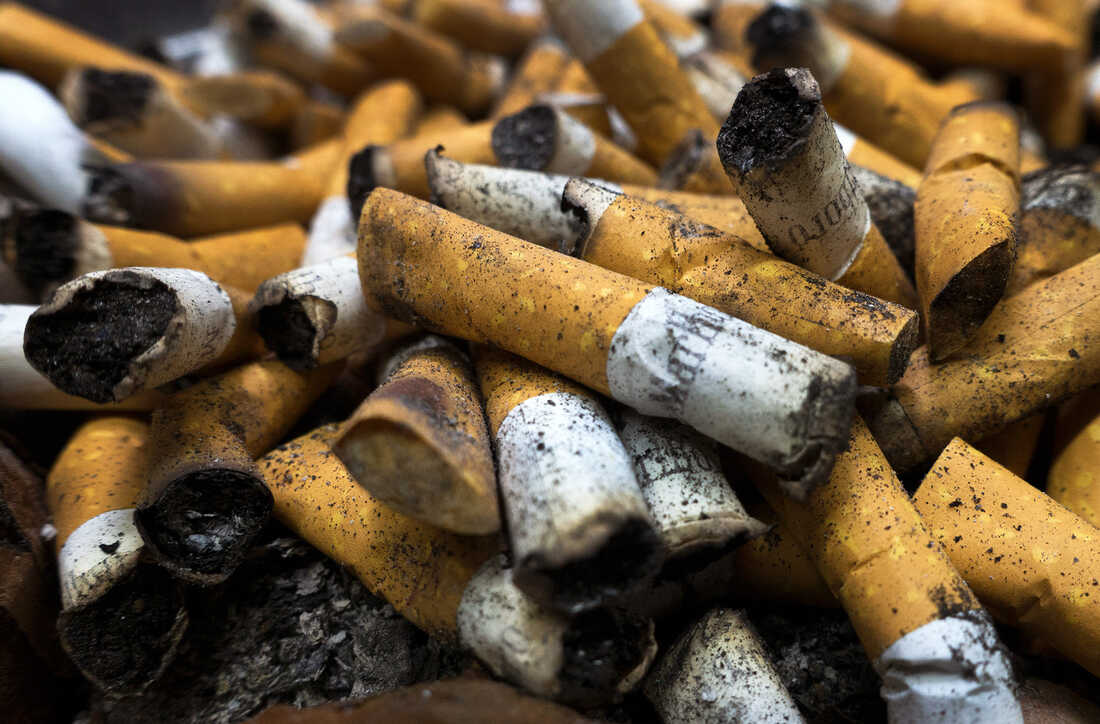Millions of teens admit to using tobacco products, alarming health leaders

Tobacco use is the leading cause of preventable disease, disability, and death among U.S. adults, according to the CDC.
Experts say a new generation of kids and teenagers are fighting nicotine addiction, a group that statistically never would have if it weren't for electronic cigarettes.
"Tobacco products kill in the end. So they have to have replacement customers. That is why it is so important that Prop 31 stands," said Meredith Berkman, co-founder of Parents Against Vaping E-cigarettes.
Flavored tobacco targeted at kids had a target on its back in California on Election Day. Voters passed Proposition 31, upholding a statewide ban on the sale of flavored tobacco products.
Berkman advocates for laws like this nationally and says there is more to be done as California is the second state in the nation to take this step. "It speaks volumes about how Californians feel about protecting their kids from the predatory behavior of the tobacco industry. The research shows over and over it is the flavors that initiate the kids into tobacco use," said Berkman.
The CDC and FDA report on tobacco use among teens found apparent disparities. The highest e-cigarette use or vaping percentage was among white students; the highest cigarette or cigar use rate was among black students.
"Menthol cigarettes and menthol itself has been used by the tobacco industry to prey upon communities of color and specifically African American smokers for decades," said Berkman.
Dr. Tomas Torices, Executive Director of California's Chapter 2 of the American Academy of Pediatrics,
agrees. He says the marketing of flavored tobacco products to kids was always on purpose.
"The marketing has always been targeted to the youth because they know that if you get them before they are 18, they are very likely to become consumers for life," said Torices.
The CDC and FDA also found other groups use tobacco products at a higher rate. It includes students getting F's in school, those reporting psychological distress, LGBT students, and those of lower-income backgrounds. "That amount of nicotine has such a detrimental effect on the developing brain and developing lungs," said Berkman.
Torices explained that everyone is born with nicotine receptors in their brains; we ingest nicotine naturally in things like vegetables at low concentrations.
When a person consumes high levels of nicotine, Torices says the brain responds by increasing the number of receptors. More receptors mean the need for more nicotine. They will never go back to their normal size or number.
"They don't target the adults; they target the kids so they can get them early," said Torices.
The impact? So many teens are getting addicted to nicotine the system cannot keep up. "There's not enough doctors who treat children for addiction," said Torices.
That is why Torices says parents have to step in, know the dangers of vaping and tobacco products and have conversations with their kids early - even if there is no suspected use.
Useful Links:
